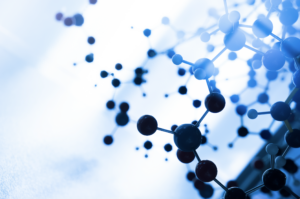Applications
- Production of valuable chemicals like formic acid, hydrogen, and methanol
- Production of carbon-based fuels
- Biotechnology and bioenergy applications, including microbial electrosynthesis
Advantages/Benefits
- Enhanced efficiency and selectivity conversion rate of CO2 to formic acid
- Better mass transfer and reduced electrocatalyst loss to improve electrochemical performance and stability
- Scalable and flexible design adaptable to various electrosynthesis cell configurations
Background
Traditional CO2 electrolysis methods primarily use flat or static gas diffusion electrodes for electron delivery, which frequently face challenges of inadequate mass transfer, potential loss of electrocatalyst, and a restricted surface electrocatalytic area, all of which lead to reduced conversion rates of CO2 to formic acid. To overcome these challenges, innovative systems are required to improve mass transfer and increase the effective electrocatalytic area to thereby enhance the efficiency of CO2 reduction.
Technology Overview
Researchers at Berkeley Lab have developed a new configuration for CO2 electrolysis that utilizes electrocatalytic particles to combat inadequate mass transfer, potential electrocatalyst loss, and limited surface area. Electrocatalytic particles made of tin (Sn), indium (In), and bismuth (Bi) are suspended, agitated, and fluidized within an electrolyte solution. This advanced configuration not only enhances coulombic efficiency and product production but also achieves a remarkable 90% selectivity in directly converting CO2 into formic acid at low potentials.
By maintaining the particles in motion, the system ensures a larger effective surface area for electrocatalytic reactions, leading to higher conversion rates of CO2 to formic acid. This design also caused a two-fold increase in formic acid production compared to conventional methods using only a flat current collector gas diffusion electrode. This breakthrough represents a substantial technological advancement in the electrochemical reduction of CO2 to valuable chemical species, offering enhanced efficiency and productivity.
Development Stage
Proof of concept
Principal Investigator(s)
- Sara Tejedor Sanz
- Basem Reda
Status
Opportunities
Available for licensing or collaborative research

